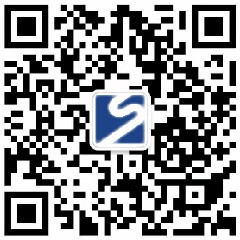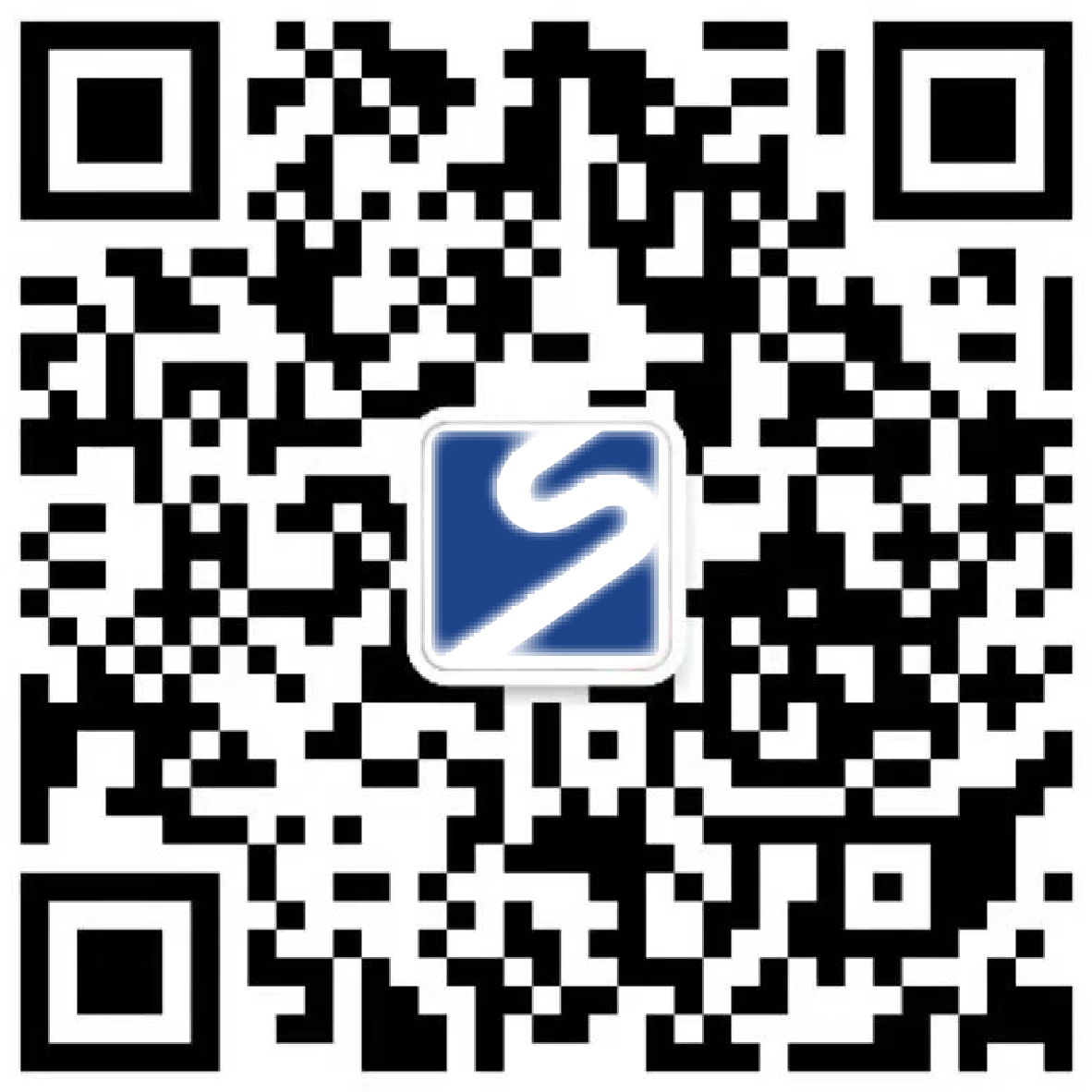What is the difference between the design and production of "electronic version" brochure and the paper version?
The editor recently chatted with an old customer, who was worried about the promotion of new products: "Do you think this brochure is printed into a thick stack and sent to people, or is it just a link to the group? I feel that each has its own way. Good, but I'm afraid that the money will be spent and the effect will be wasted..." This statement hit the pain point. Indeed, in this era of information explosion, the design and production of brochures is no longer a simple "design and printing", especially the rise of electronic versions, which makes choices tangled. Today, let's break it apart and talk about it. What is the essential difference between the design and production of electronic brochures and the traditional paper version? Figure this out, and your promotion budget is spent wisely.
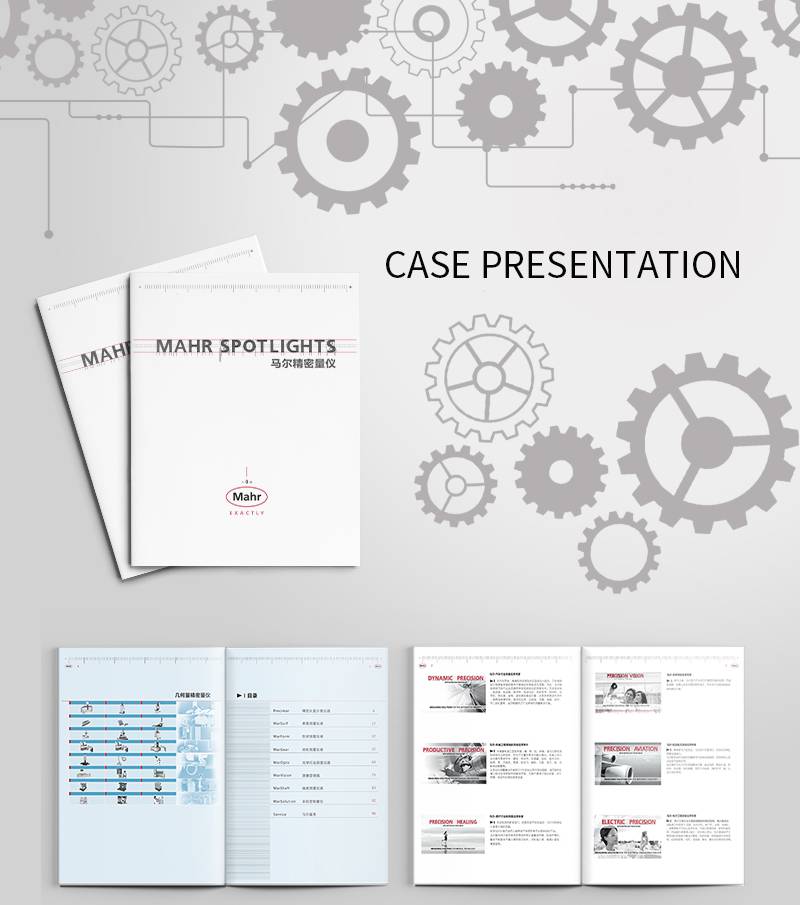
1. Mode of communication: from "hand-to-hand transmission" to "fingertip fission"
Paper version: This is the most classic "physical school". The carefully designed brochure is thick in texture, beautiful in pictures, and heavy in your hand. It gives people the feeling of two words: reliable! It is suitable for specific occasions such as front desks, exhibitions, and conferences. If it is handed face to face, the sense of trust will be instantly filled. But the shortcomings are also obvious: printing less is not enough, printing too much is costly and takes up space; Updating info? Sorry, reprint! Did the customer read it after sending it out? How many pages did you read? It's entirely guessing.
Electronic version: The core of this thing is "link" or "small program". Once you invest in design and production, you can instantly reach potential customers from all over the world through WeChat, email, official website, and even social media advertisements. Customers can see it by clicking on it, which is extremely convenient! What's more, it can spread "its own legs"-when you see good content, customers share it with colleagues and friends with a finger, and the fission effect is great. Think about it, a wonderful activity electronic book, which circles several target customer groups, has far more influence than your broken leg with a stack of paper in your arms.
Key points of design: When making the electronic version, the picture in the designer's mind is no longer turning pages, but "Will users click when they first see the link?", "Is it fast enough to open?". The production process is also very different. The key point is to ensure that it is smooth and beautiful to open on all kinds of mobile phones and computers (this is called responsive design), and the file should not be too big to make people impatient.
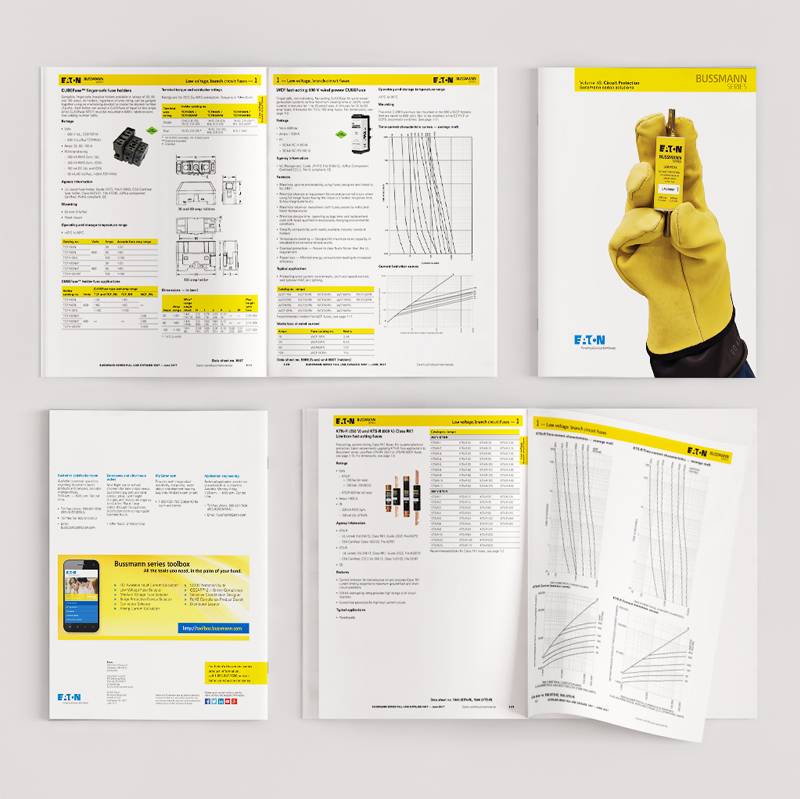
2. Design logic: from "visual impact" to "immersive experience"
Paper version: The traditional brochure spells "amazing at first sight" and "attractive". Designers spend all their efforts on: Is the cover eye-catching enough? Does the paper feel classy? Is the printed color of the picture correct? Is the typesetting comfortable? Is the rhythm of turning pages good? The goal is to make customers reluctant to put it down when they pick it up, and it is best to take it home for careful tasting.
Electronic version: There are more ways to play here! The designer's arsenal is instantly upgraded: product videos can be inserted and displayed with a 360-degree rotation; You can embed a consultation button or an appointment form, and customers can contact you immediately if they are interested; You can even set up mini-games or interactive Q&As so that customers can get to know you as they play. Imagine an electronic book introducing smart homes. You can see the actual effect video of light switching and curtain opening and closing with one click, which is much better than dry text pictures! This kind of immersion is beyond the reach of paper books. The core of electronic brochure design and production is to make information "live" and customers "move" to participate.
Key points of design: The designer of the electronic version should be like the director, considering where the user clicks, what animation to watch and whether the next step will be done. A large number of interactive animations and embedded multimedia content are used in production, and the technical content has increased sharply. At the same time, the information architecture should be clearer, so that users can quickly jump to find key points. After all, patience on the screen is more limited.
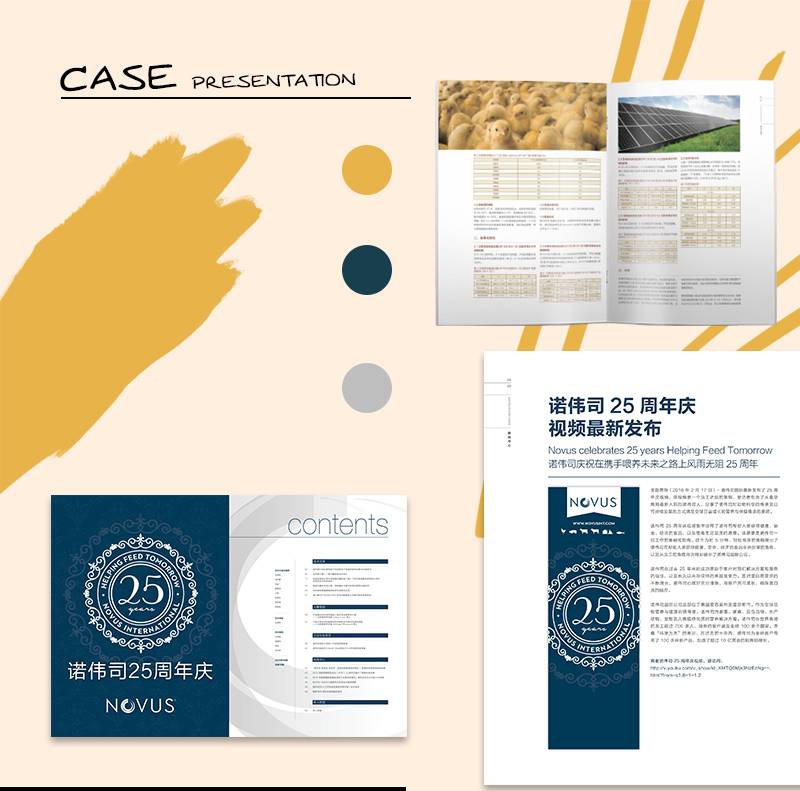
3. Production process: from "one-shot deal" to "flexible iteration"
Paper version: The process is relatively fixed: finalization-> printing factory proofing to confirm the color effect-> mass printing-> receipt of goods. Once you print it, you find a wrong phone number? Price to be adjusted? I can only recognize it with tears in my eyes, or treat it as waste paper, and the cost will flow away. Update? Wait for the next print! Long cycle and poor flexibility.
Electronic version: The biggest advantage is "flexibility"! After the first edition was launched, it was found that the market feedback that a certain function was not clearly described? Or is there a temporary promotion to add? No problem! The back-office content management system is updated, and all customers see the latest version within a few minutes. Just as convenient as software upgrades. This ability of "running fast in small steps and continuous iteration" is simply an artifact in a rapidly changing market. One investment in design and production will benefit for a long time, and the content can be continuously optimized based on data feedback, which is full of cost performance.
Key points of design: The production of electronic version emphasizes "updateability" and "data docking". The convenience of background management should be considered when designing, while the production needs to build a stable online publishing platform or choose professional H5 tools. This means that brochure design and production service providers should not only understand vision, but also have solid technical support or reliable partners.
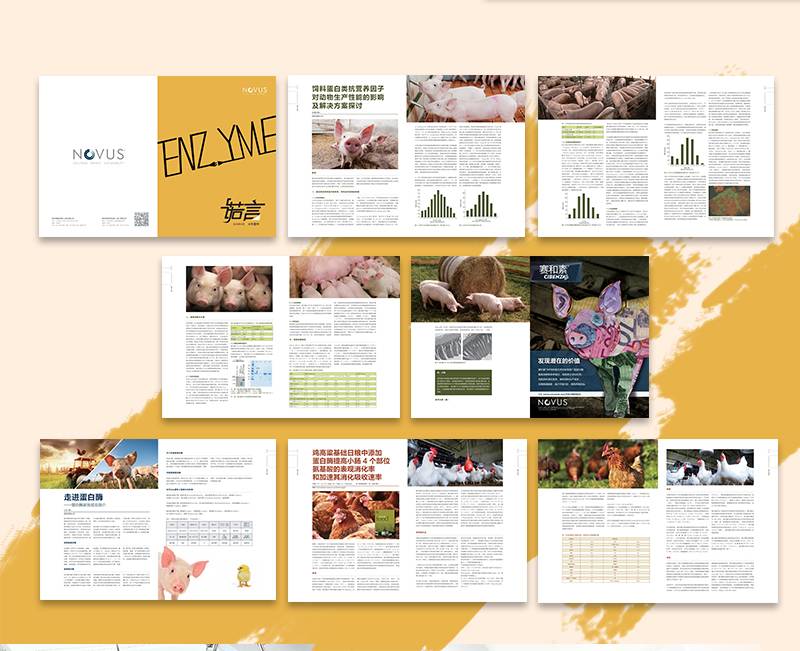
IV. Content presentation: from "limited space" to "infinite extension"
Paper Edition: Pages Are The Cost! Designers have to calculate carefully on limited paper, simplify and simplify words, and select and select pictures. Want to put more cases? The cost is unbearable. The depth and breadth of information are naturally limited.
Electronic Edition: Space? Don't exist! You can make a timeline animation of the company's development history, disassemble complex technical principles into step-by-step demonstrations, put dozens of successful cases into categories, and even link to more detailed solution white papers or customer evaluation pages. Information can be divided into levels and modules to meet the in-depth understanding needs of different customers. An electronic book is a three-dimensional information hub with unlimited potential.
Key points of design: The design of electronic version focuses on the "structure" and "scalability" of information. In production, it is necessary to skillfully use technologies such as folding panels, pop-up layers, and anchor links, so that massive information can be presented in an orderly manner and easy to obtain, so as to avoid users getting lost.
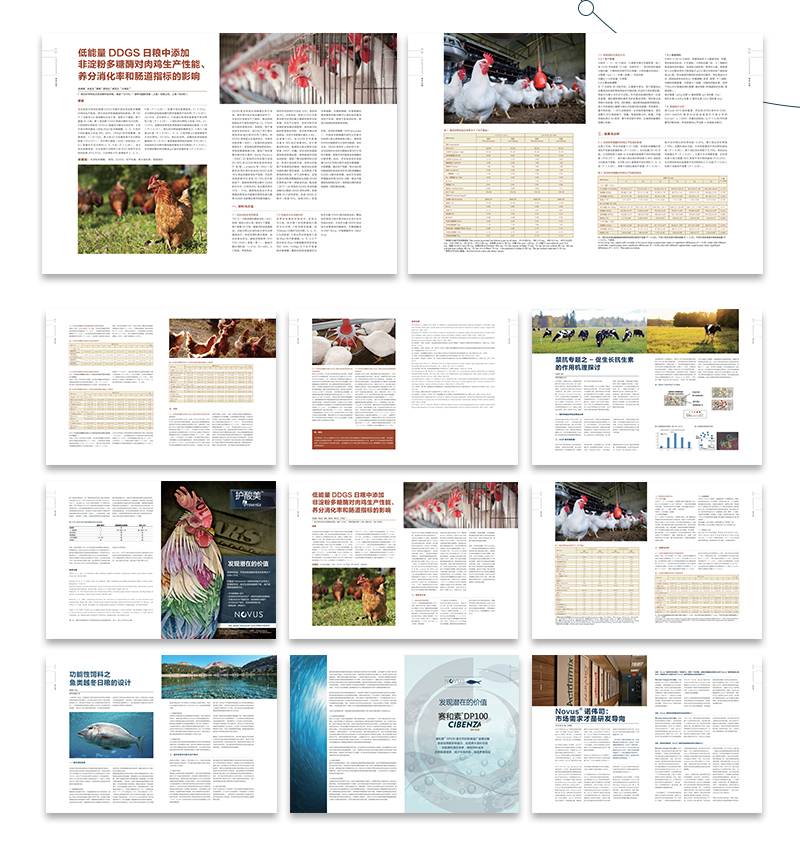
5. Effect tracking: from "black eyes" to "clear accounts in mind"
Paper Edition: It's sent out, then what? How many people watched it? Which pages did you read the most interesting? Totally no idea! Effect evaluation basically depends on feeling, active feedback from customers, or waiting for sales leads to come in before pushing back. The input-output ratio is difficult to measure accurately.
Electronic version: Data tracking is its "super power"! The backstage tells you clearly: How many people opened the brochure? How long is the average stay? Which page/product is viewed the most? How many people clicked the consultation button or downloaded information? How many people was it even shared with? These data are as precious as gold, letting you know what customers really care about, which part of the content is most effective, where to tilt the next brochure design and production budget, and how to accurately adjust the marketing strategy.
Key points of design and production: At the beginning of design, it is necessary to plan the location of data buried points (such as buttons and important pages), and in the production process, it is necessary to ensure that the technology can seamlessly connect with data analysis tools. This requires the brochure design and production team to have data thinking and certain technical integration capabilities.
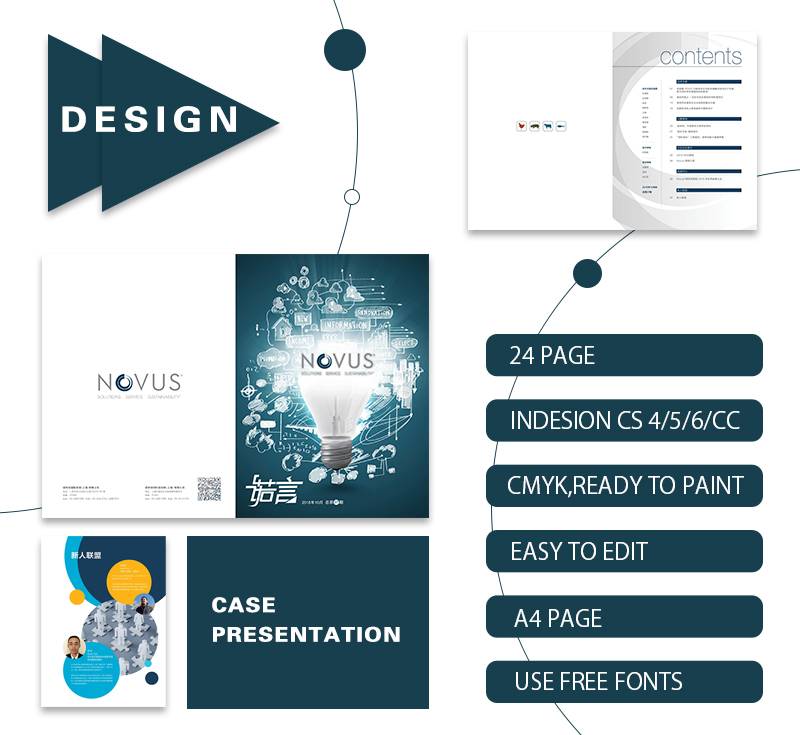
Practical combat scenario: who is more suitable for whom?
It's right to choose the paper version: high-end luxury goods, works of art, real estate books (which need to reflect the ultimate texture and collection value); Important meetings, industry summits (participants are expected to get physical information); Middle-aged and elderly groups facing specific areas and accustomed to paper reading (such as high-end community promotion); Scenes that need to be included as physical gifts or samples.
Electronic version is the preferred weapon: it needs to quickly cover a wide range of people (new product releases, national events); Frequent updates of information (prices, promotions, technical parameters); Budget is limited and the pursuit of high cost performance; The target customers are young people or deep Internet users; It is necessary to accurately track the promotion effect and optimize it in real time; The content itself is suitable for multimedia interactive display (such as technology products, travel routes, online services).
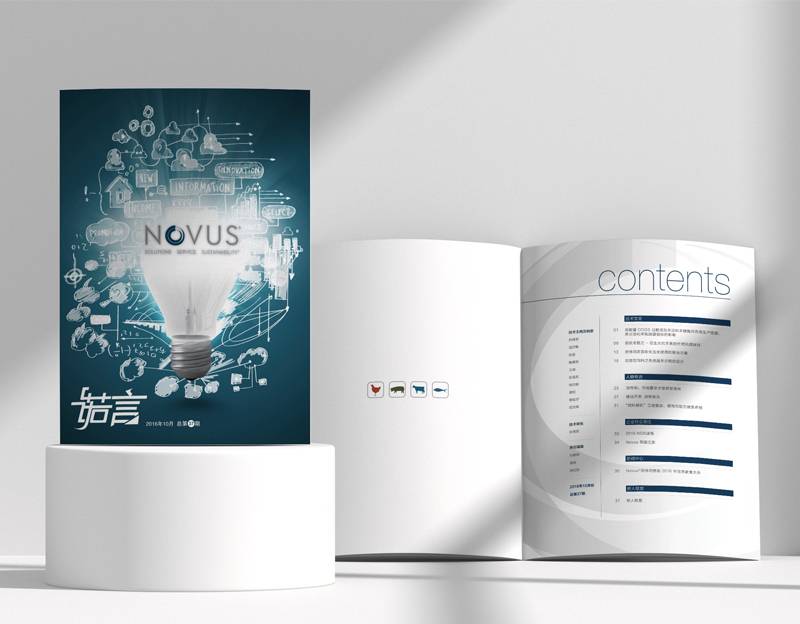
The future is here: integration is king
To tell the truth, the electronic version and the paper version are not "life and death", but "golden partners" with their own strengths and mutual achievements. Smart companies have long played "combination boxing":
Online and offline linkage: The conspicuous QR code is printed on the paper book, and the code can be scanned directly to the electronic version to get videos, more cases or online consultation. Paper books are distributed in offline exhibitions to attract attention, and electronic versions are continuously pushed online to deepen their influence.
Data-driven printing: Through electronic data analysis, we can accurately identify the customer groups with the highest interest in products, and then send them high-cost and high-quality paper versions to achieve precise marketing and maximize the input-output ratio of paper versions.
In-depth collaboration of content: the paper version highlights the core advantages and visual impact, and acts as a "guide"; The electronic version carries massive detailed information, dynamic updates and interactive functions, and plays a "treasure chest". The content strategies of the two are planned together to form a closed loop of communication.
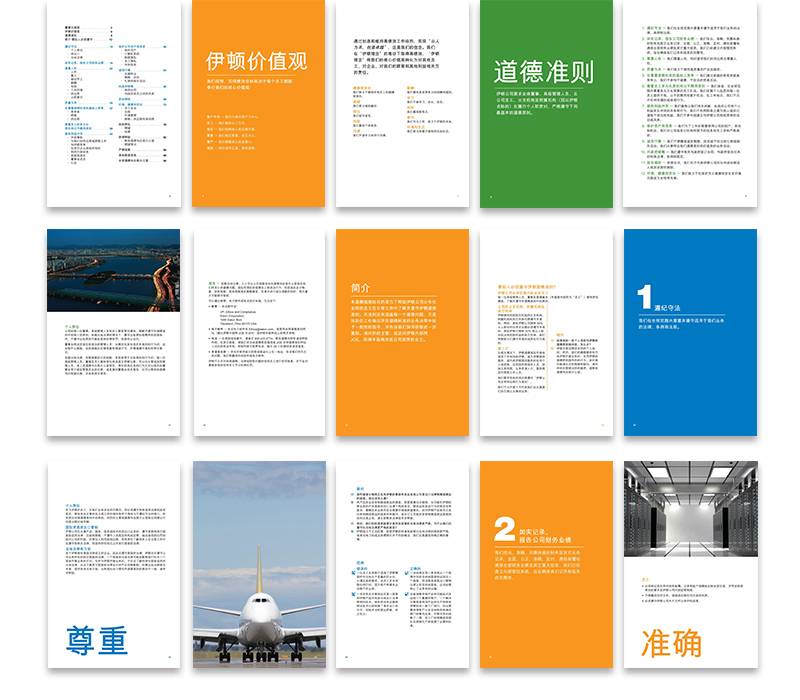
Brochure design and production, it's never as simple as printing a sheet of paper or making a link. The rise of electronic version has completely reconstructed the logic of information transmission-from one-way display to immersive dialogue, from cost center to growth engine. Only by understanding the essential differences between the electronic version and the paper version in communication, design, production, iteration and effect can you spend your money wisely and make every brochure a sharp weapon to accurately reach customers. Good design can speak, and good production can make sound travel farther. In this era of scarce attention, choosing the right way to design and produce brochures is to win the initiative to speak out for your brand.

